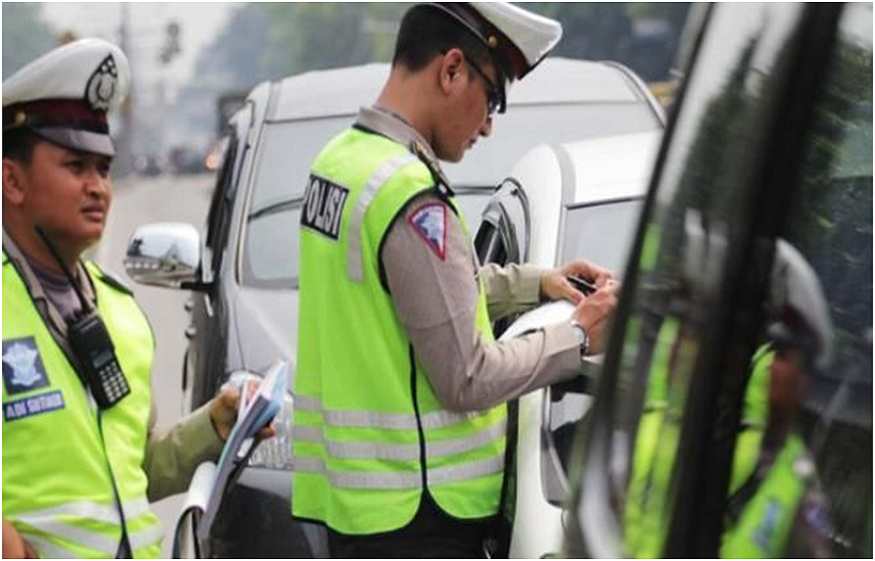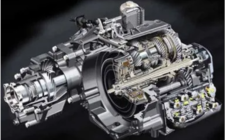Roadwork, construction zones, and accident scenes all pose a serious risk to drivers and workers alike. With moving vehicles, heavy machinery, and reduced visibility, it’s easy for confusion and accidents to happen. That’s where the traffic flagger steps in—a person whose presence can mean the difference between chaos and controlled flow. These professionals ensure that traffic moves safely and efficiently, even in unpredictable conditions. Let’s explore the crucial part they play in maintaining road safety.
First Line of Defense at Construction Zones
Flaggers are often the first people you see when approaching a work zone. They’re the human barrier standing between fast-moving vehicles and vulnerable workers. With a sign in one hand and keen awareness in the other, they control the pace and direction of vehicles through the site. Their presence creates order where there could be confusion. Even a small lapse in their attention can result in serious consequences, which is why their training and alertness are so critical.
Understanding the Role of a Flagger on Busy Roads
A flagger is a trained traffic control professional responsible for directing vehicles and pedestrians safely around or through construction and emergency zones. Their main tools are communication, visual cues like flags or stop/slow paddles, and personal protective equipment. But their real power lies in their decision-making. They read the road in real-time and make judgment calls based on ever-changing conditions. The flagger’s instincts must be sharp because they often have only seconds to react.
Flagger Responsibilities Go Beyond Waving a Sign
To many drivers, flaggers may seem like they’re just standing still or rotating signs, but the reality is more complex. A flagger constantly evaluates traffic speed, driver behavior, and worker positioning. They coordinate with other crew members using radios and hand signals to maintain flow and prevent accidents. Timing is everything—especially on multi-lane roads where vehicles are rerouted. The job demands both mental alertness and physical stamina, especially under extreme weather conditions.
Training and Skills That Make a Flagger Effective
Becoming a flagger isn’t just about standing in the street. It requires certification, usually provided by local transportation departments or construction training programs. Flaggers must understand road signage, safety regulations, communication protocols, and emergency response procedures. They also need sharp focus and a calm temperament. The ability to stay patient in the face of frustrated drivers is just as vital as knowing when to halt a semi-truck barreling toward a work zone.
Maintaining Safety for All Parties Involved with the Help of a Flagger
When people think about road safety, they often imagine crash barriers or flashing lights. But a flagger is equally important. They act as a human connection between road workers and drivers, guiding both with empathy and authority. By slowing down aggressive traffic or stopping it altogether during risky operations, they create a safer environment not only for the workers behind the cones but also for the motorists passing through. Every instruction they give carries weight, and their presence reassures everyone involved.
Conclusion
The traffic flagger is more than just a figure on the roadside. They are trained professionals with a serious responsibility to protect both the public and their coworkers. Their role demands attention, skill, and heart. Every day, they face unpredictable situations with resolve, turning potential hazards into managed safety. So next time you see one, slow down, follow their lead, and recognize the vital role they play in keeping our roads safe and lives protected.




